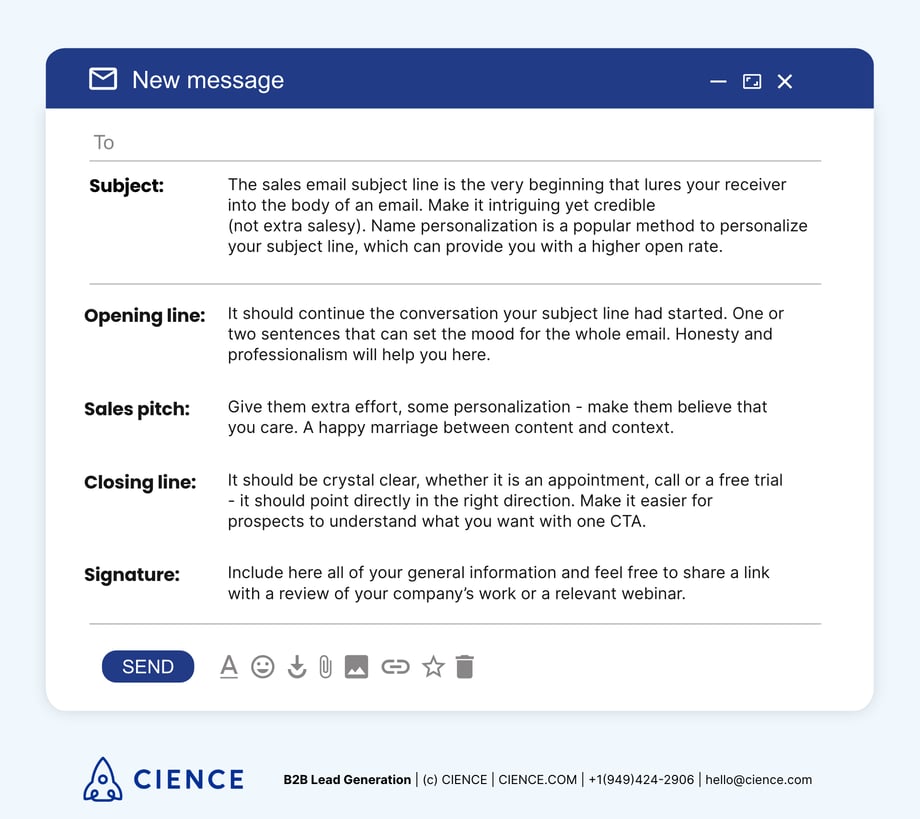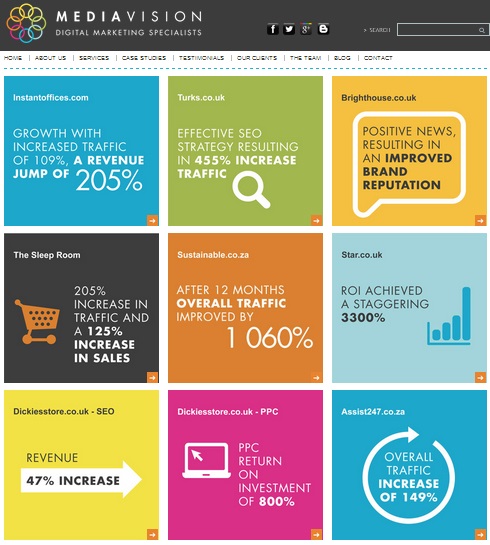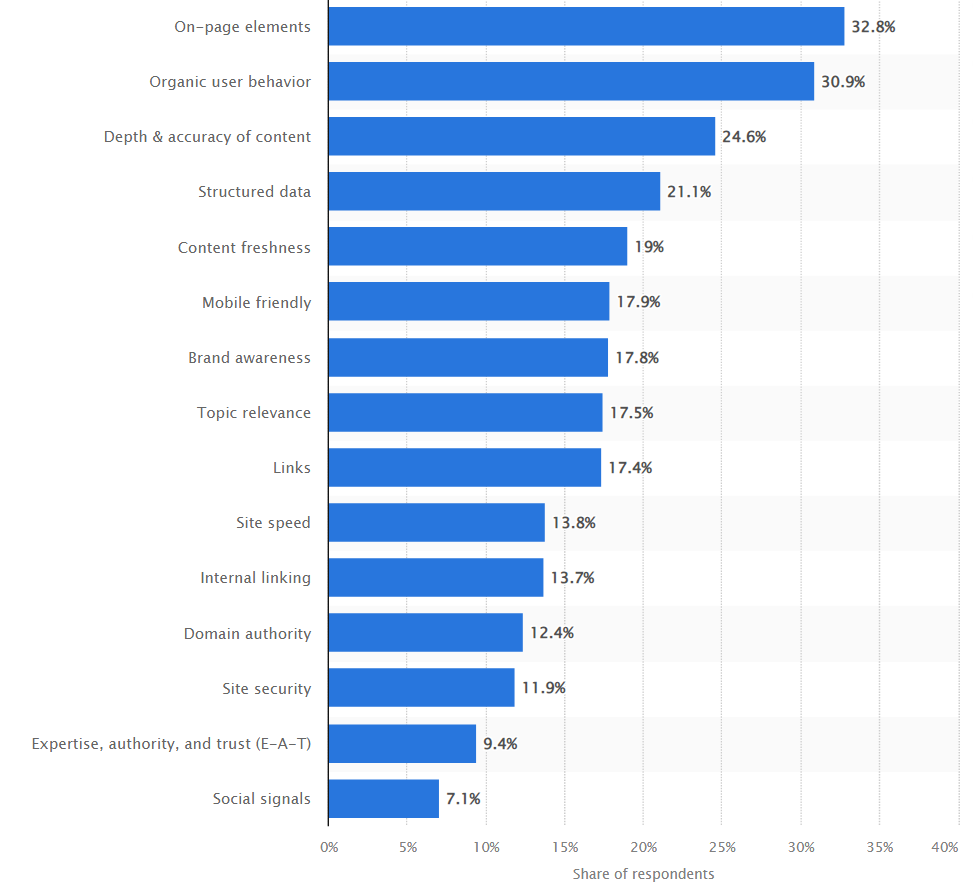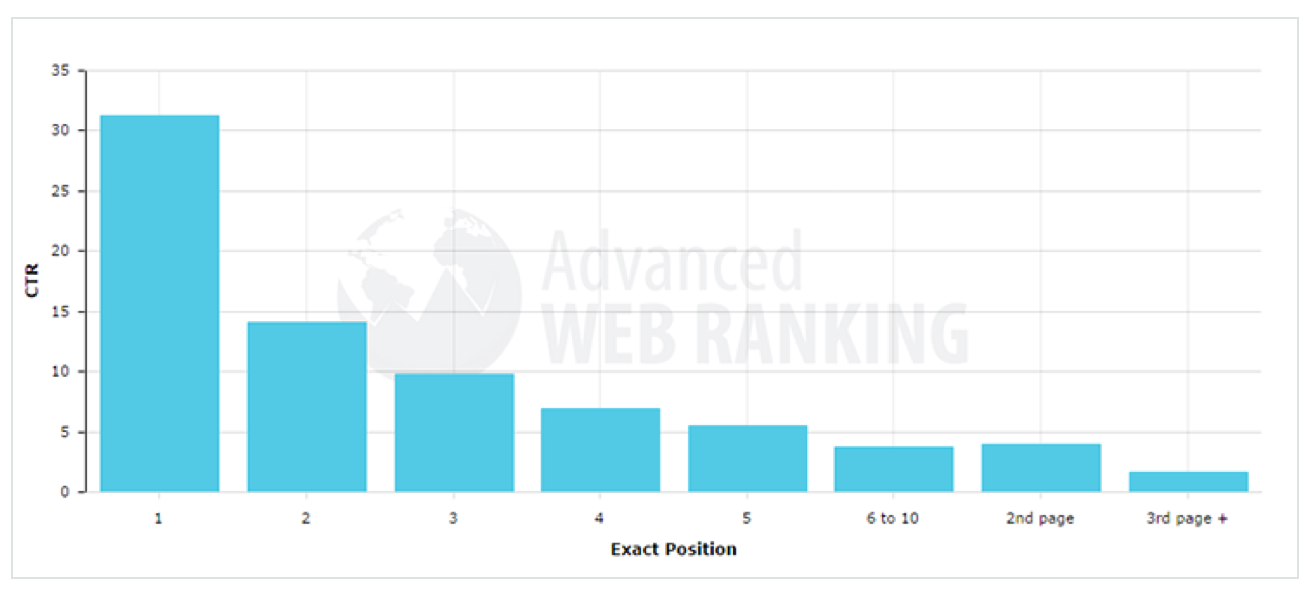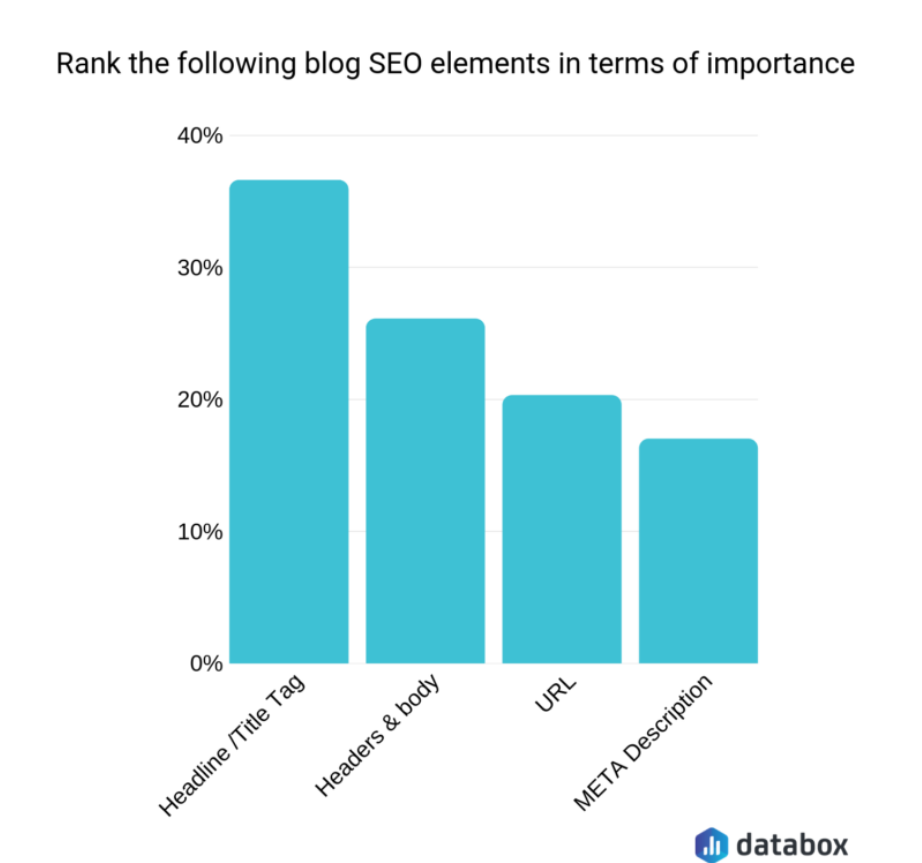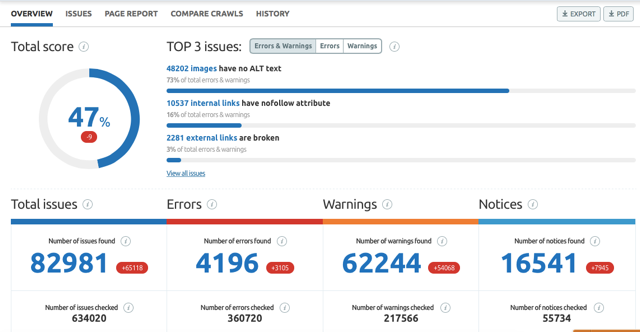How To Find SEO Clients | Top Tips for You

You have all the relevant digital marketing skills and are ready to offer SEO services. A couple of projects later, you can’t find new clients. You might wonder—what next?
High-quality clients are difficult to search for. If you don’t know how to find SEO clients effortlessly, you might struggle to scale your digital marketing services.
But not everything is doom and gloom. You’d be happy to know that 72% of marketers in the UK are spending on online marketing activities.
The SEO industry is active as ever and you just need to outline a fail-proof plan to create your sales pipeline. There’s a lot to learn about getting more SEO clients and this guide explains individual points that marketing agencies or freelancers can use to expand their client base.
Define Your SEO Services
Before moving on to the tips, here’s what every SEO agency should know—be clear on what you provide.
Laying a well-planned foundation for your SEO business can build a confident mindset. Typically, SEO agencies provide the following services:
- Keyword research and strategy
- Content marketing
- On-page and off-page optimisation
- Link building
- Competitor analysis
- Guest blogging
- Email marketing
- Paid advertising guidance
Proper SEO consulting can include all or most of the above services. Hence, before deciding how to find SEO clients, it is crucial to know what you aim to provide.
Finding Clients: Best Tips for SEO Agencies
Below, you will find practical tips and strategies to find potential SEO clients. Ensure you use most of these tips to gain great SEO leads.
Gain Credibility Through Free SEO Audits
Let’s begin step-by-step and formulate a plan on how to find SEO clients. With a general idea of SEO services, you will initiate a ‘well-defined’ approach.
Now, it’s time to present your services by gaining credibility. How do you do that? By conducting free in-depth audits. According to Ahrefs, you have a vast target audience of over 90%.

With so many business owners facing organic SEO issues, start by auditing their websites for free. A quick SEO audit of these websites won’t consume much time.
All you require to do is type relevant keywords and look beyond page one of Google. Next, audit these sites and approach them with the report. Here’s what happens.
- Local SEO clients admire your genuine help
- The SEO audit report explains steps to rectify their content shortcomings
- Clients gain trust and, hopefully, avail your services
Overall, genuine SEO help is the perfect head-start to partner with businesses struggling for organic traffic.
Learn How to Explain SEO to a Client

The process of getting SEO clients works well if you’re well-versed with the difference SEO can make.
For instance, it’s widely accepted that SEO is more effective than PPC to drive business sales. However, you need to explain the reasons behind this popularity. In the process, you grow your outreach to quality leads by establishing expertise. In simple words, clients prefer SEO companies that know what they do.
Start by explaining how long it takes to notice SEO results. Simplify the way you communicate about technical parameters in SEO. Notably, some clients aren’t hugely interested in knowing the intricate parameters.
So, you need to adapt and simplify your explanation further. This technique leads to an improved presence, and you will know how to find SEO clients through mouth-to-mouth referrals.
Focus on Content Marketing
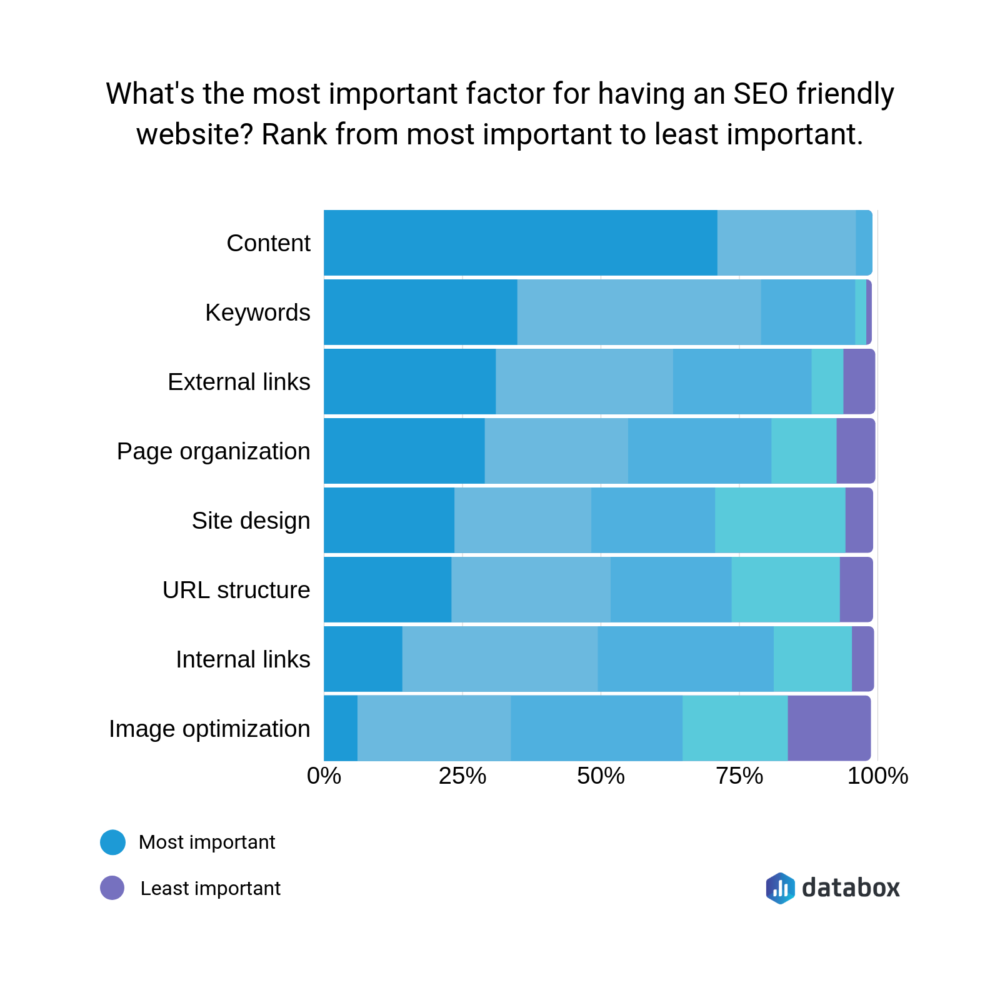
To get more SEO clients, focus on creating solid content on your company’s website. As you can observe, content ranks first to contribute to an SEO-friendly website.
Hence, your website cannot survive without high-quality content as an SEO company. Publishing long-form content like SEO guides is an excellent strategy to attract the most clients.
Focusing on content marketing is like leading with an example. SEO agencies cannot expect clients to contact them without implementing basic marketing activities.
Gradually, eager business owners will approach you and your worry about how to find SEO clients will soon begin to diminish. In the process, you will be well-equipped to answer common questions as follows.
- What kind of content to create?
- Can a website rank high without content?
- What are the types of content suitable for a specific website?
Consider content marketing to be a routine activity of your business. For more insights, check out the example of Growth Machine blogs. Due to regular and valuable content, this agency has a high reach to connect with the best clients.
Solve SEO Issues By Specialising in a Niche
What is your SEO speciality? The first few clients can ask you such a straightforward question. This is an essential tip in your process of how to find SEO clients. Consider this SEO statistic.
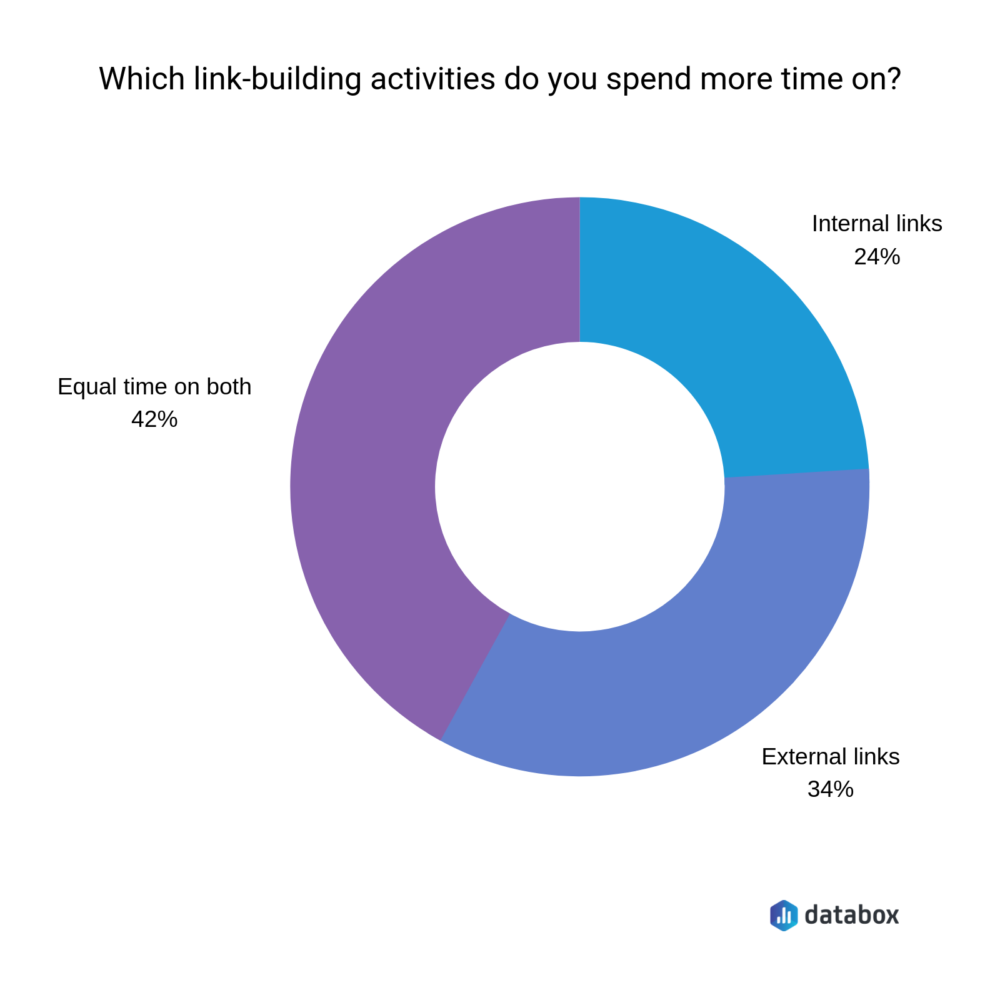
Around 42% of SEO experts pay equal attention to both types of link-building. So, these respondents have an established niche, i.e., link building.
Basically, this tip involves paying great attention to marketing your ‘unique’ attribute. With a strong command of your preferred SEO technique, you won’t need to think much about how to explain SEO to a client.
Remember to mention your niche separately on your website. Highlight how you were able to perform well in the target market through this expertise. You can get SEO clients at a better rate with specialisation. It’s all about staying fresh in the visitor’s mind with a qualitative highlight of your service.
Find Potential Clients on Social Media Platforms

One of the most well-known tips on how to find SEO clients is the utility of social media. It’s safe to say that SEO clients are more active on social media groups and channels than any other marketing channel. All you need is active monitoring of these platforms.
Here are the quick steps you need to perform on social media sites:
- Post informative blog posts
- Engage with industry experts
- Share relevant techniques and trends
- Analyse competitors
- Provide a real-life example of your SEO success
Striking a good balance between information and promotion will go a long way for this strategy. Don’t make your content 100% promotional on social media. Clients will most likely avoid such posts.
Use Warm Referrals

Many marketing professionals ask a common question—’how to get SEO clients without cold calling?’
Warm referrals are the perfect alternative to get SEO clients in such a case. The trick is to use your existing client base and reach out to other potential customers. This technique can seem traditional but works wonders to expand quickly. The most significant benefit of warm calling over cold calling is the initial idea of your services.
Generally, your existing customers can inform all about your expertise to their connections. Hence, the potential client is well-aware of your skills and services. This prior knowledge reduces the time to explain every minute detail.
A great way to use warm referrals is through engaging with your current clients. Gradually, you wouldn’t need to try several strategies on how to find SEO clients for your business.
Enlist in Marketing Agency Directories
A well-known solution on how to find SEO clients is enlisting in online directories. These platforms are the bridge between marketing firms and local businesses.
In some cases, you can even get SEO clients located overseas through these directories. The image shows the portal of ‘Rnked Marketing Brokers.’ Register on the site, and clients can find you through the dedicated option.
Other examples of such directories include Sortlist, Clutch, and Google My Business. Most of these directories are, however, paid platforms.
Hence, you will need to pay a subscription fee to register on such platforms. This is an auxiliary way to get more SEO clients. Still, it is better to limit your spending by choosing up to two or three marketing directories.
Find a Potential Client on LinkedIn
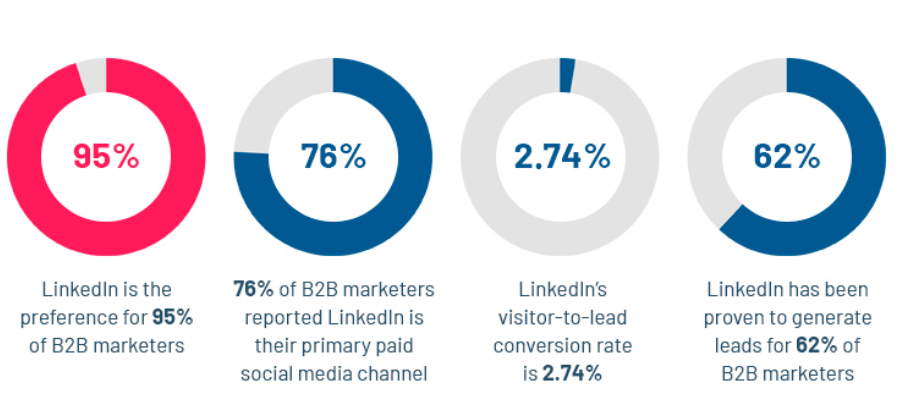
At this time, LinkedIn is home to over 810 million users globally. Hence, it is an ideal professional network for many B2B marketers.
Now, you do not need to scratch your head on how to find SEO clients through LinkedIn. A personalised message is the best strategy to connect with potential prospects.
In addition, include ‘free SEO audit service’ in your message. Such a gesture establishes your eagerness to provide genuine SEO services. Also, it encourages the best clients to communicate enthusiastically.
Overall, persistence is the key to getting SEO clients on LinkedIn. Send follow-up messages, interact with the community, and comment on relevant posts. Interestingly, you do not need to spend a lot of money to leverage the LinkedIn advantage.
Generate Leads by Establishing Online Authority
Whenever the question, ‘how to find SEO clients‘ troubles you, remember this – It does not have to be unidirectional.
With several local businesses struggling to generate organic traffic, you are always in the game. However, you should know how to get SEO clients by establishing your brand identity.
What should you do to establish authority? A mix of all the following activities:
- Publish informative blog posts and articles
- Gain command on your niche
- Collaborate with a professional design agency
- Attend live events, conferences, and present seminars
- Publish content that adds value
- Promote your achievements statistically
- Prepare well-defined SEO packages
- Create SEO-centric videos on YouTube
This list can extend further. However, you can establish your authority by following most of the above steps. Overall, the ‘how to find SEO clients‘ worry will gradually decrease.
Organise Free SEO Events
Seminars, webinars, special training, you name it. Try to reach the local community through free SEO programmes. Importantly, these events can also be online.
This tip can work as a catalyst when you know how to find SEO clients through other ways. Events allow your team to grow contacts and attract clients.
In addition, such value-oriented events help build your SEO company reputation. In simple words, they prove your seriousness and genuine intention to help businesses improve their digital presence. Colleges and education institutes can also be ideal places to organise such SEO events. Notably, you will have the opportunity to meet many people and interact with them about practical challenges.
Client Expectations From an SEO Agency
Now that you understand how to find SEO clients, it is crucial to acquaint yourself with the client’s perspective. After all, analysis of your target audience is search engine optimisation 101.
Some clients are doubtful about the role of SEO agencies in marketing. They have expectations that some firms cannot justify. Hence, a simple list of client requirements can help you build the right digital infrastructure.
Let’s move ahead from ‘how to find SEO clients‘ to understanding the general notion of business owners.

Nearly 22% of respondents expect an increase in online traffic after hiring an SEO agency. However, new leads, brand awareness, and rankings aren’t far away.
Overall, clients expect a mix of all the mentioned benefits through search engine optimisation. Here’s a list that takes you ahead of the ‘how to find SEO clients‘ question to the ‘what clients expect’ part.
- Content strategy
- Keyword planning
- Web design and UX
- Local and technical SEO
- Content creation
- Social media marketing
Summing Up
The answer to the question, ‘how to find SEO clients‘ isn’t straightforward. In fact, the solution is a mixture of adequate planning, expertise, presence in the target market, and online awareness.
In short, you need to perform a blend of various activities to get SEO clients. Other tips in this article help you ‘attract’ potential prospects. Notably, you should work well to establish your authority on SEO practices.
This way, you establish a stellar presence as a reliable SEO firm. Undoubtedly, clients will profit from your services, and your business can continue to flourish lucratively.


